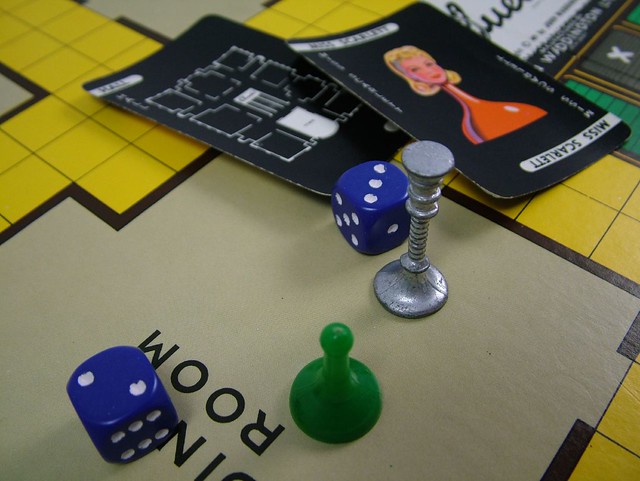Fungus season was set to 'GO' in Sussex as we entered October. So much so, it's been a struggle to keep up with everything I've seen and attempted to identify. But I thought it would be worth sharing a few highlights from the foray at Worth Park, Crawley, with Nick Aplin of Sussex Fungus Group. After a busy couple of weeks, I'm now a bit hazy on which photos match which species listed in my notebook, so if you notice I've got some wrong, please tell me!
We met at Ridley's Court on Milton Mount Avenue. As soon as we stepped outside, we found mushrooms popping up in the wood-chipped flowerbeds and in the grass.
Nick identified this one as Redlead Roundhead Leratiomyces ceres.
Nearby, a fresh crop of Poisonpie Hebeloma crustuliniforme; looking a bit more impressive than the specimen we found at Tilgate Park the day before. You can just about see the moisture beading on the gill edges, and turning to brown specks, which is a key feature of this species.
At the end of Milton Avenue, there's a loop in the road which encloses a small green space, with three large cedar, cypress and redwood trees.
Under the cedar, we found an impressive patch of white mushrooms: White Dapperling Leucoagaricus leucothites.
Its slender stem features a white ring, which you can see here. The white gills are also a key feature.
Here we also found a Lepiota which I've been trying to identify. Nick Aplin's been in touch to say he's inclined to accept my tentative ID of Lepiota ochraceofulva, which is encouraging.
I've come across a few different Inkcap Coprinus-type mushrooms this year (including several which popped up in my village) but this was a new one on me: Hare's-foot Inkcap Coprinopsis lagopus.
We saw the mature fruit bodies first: stretching out their caps.
But nestled in the grass were also a few young fruit bodies, showing the furry-looking cap surface which gives this species its name.
Moving into the park, we came across a very fruitful area with a number of different Amanita, Lactarius and Russula species. This one, although rather battered, was interesting to see: Orange Grisette Amanita crocea. (I've come across Tawny Grisette A. fulva before, but never this species.)
Also in the parkland, we came across this 'mystery mushroom' which Nick Aplin later identified as Dark Fieldcap Agrocybe erebia.
There were some nice mushrooms in the short turf of Worth Park: indicators of old, species-rich grassland.
I think Nick identified these as Golden Waxcap Hygrocybe chlorophana.
And the pretty-in-pink Pink Domecap Rugosomyces carneus.
I think Nick said this was the Crazed Cap Dermoloma cuneifolium. Another species of unimproved grassland.
Moving on from there, we found a patch of Slimy Waxcap Hygrocybe irrigata.
This species was so slimy I had a hard job putting it down! The mucus on the cap kept sticking it to my hand.
We found Inocybe geophylla again, a species we'd come across at Tilgate Park the day before. This time we found the white version, White Fibrecap Inocybe geophylla var. geophylla growing under Lime.
And another grassland species which seemed like it should be fairly memorable, with it's slight build and slender stem: Butter Waxcap Hygrocybe ceracea.
While the group were busy looking at some brown Cortinarius species, one of our party ventured off into the shrubbery...
Upon his return, he mentioned quietly to me that he'd found something. And that something turned out to be a decent-sized patch of "EARTHSTARS!" I exclaimed, and danced a little jig.
Collared Earthstar Geastrum triplex.
This is the first time I've come across earthstars on my fungus forays, so a real treat to see.
Back at the Ridley's Court Visitor Centre, Nick had set up the microscope, ready to take a look at the microscopic features of our collections. I think this was a cystidium of one of the Inocybes up on screen, looking like... well... whatever it is an Inocybe cystidium looks like.
I was very taken with these: the cystidia of a Conecap Conocybe species.
They reminded me of the playing pieces from my old Cluedo set.
 |
| Image by Steve Berry (CC BY-NC-SA 2.0) |
Here are our collections from the foray laid out, so we could have a good look at their features and confirm identifications. A full species list has been circulated on the Sussex Fungi Yahoo! group (free to join if you're interested in recording fungi in Sussex).
Date: 1/10/2017
Location: Worth Park
Grid reference: TQ2938
All records to be submitted by Nick Aplin on behalf of Sussex Fungus Group





















Another splendid blog that makes up for those of us who could not get there. It also helps with local foraying as due to the amazing coordinatin of fungal fruiting pretty much the same species will be turning up elsewhere, such as White Rock Park Hastings, where I will foray this afternoon while my son is at a birthday party in the Clambers play area. He he.
ReplyDelete